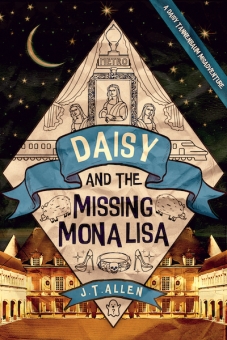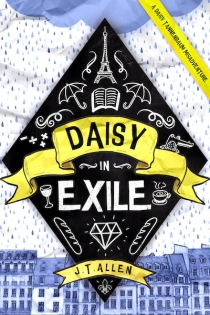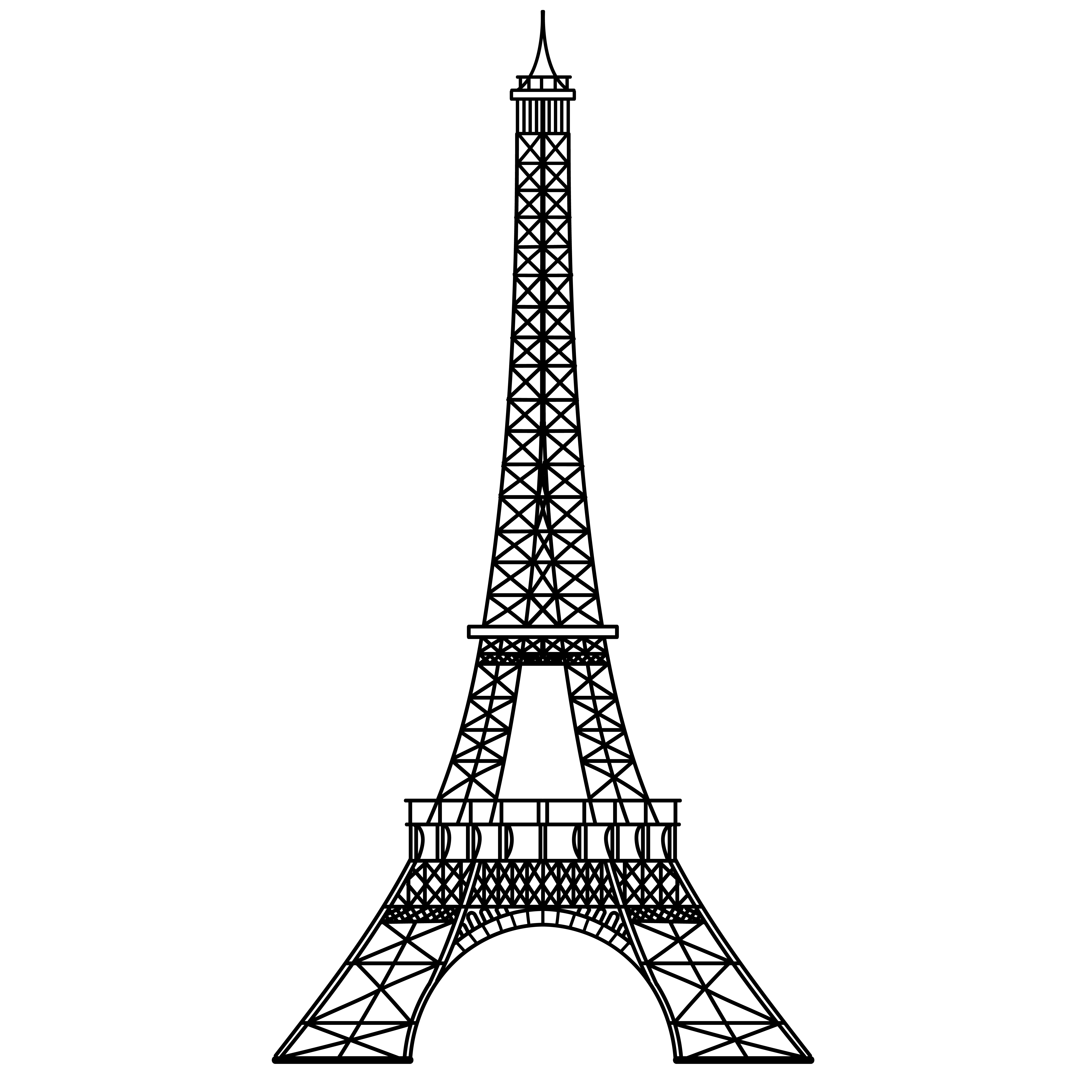On Sale Now!
Daisy Tannenbaum, almost thirteen and precocious as ever, heads to a château in the Loire to help her Aunt Mill’s friend, former-spy Felix, catalog his art collection. When Daisy receives a copy of the Mona Lisa as a thank you gift from Felix, strange things happen. This Mona is not just any copy, it’s one of two perfect forgeries created to fool the Nazis during their hunt for the real Mona Lisa in WWII. Daisy’s best friend from the states, Lucia, a newly minted teen model, in Paris to audition for the spring runway shows, thinks Daisy’s Mona is the real one. Real or not, it’s worth a fortune, and when Felix suddenly dies, his family accuses Daisy of stealing it. Daisy must navigate a world of scheming, frequently criminal adults, not to mention traveling ghosts, ginormous pigs, testy lawyers, and obnoxious fashionistas, to keep her beloved Mona. Click 'Read More' to read an excerpt!








